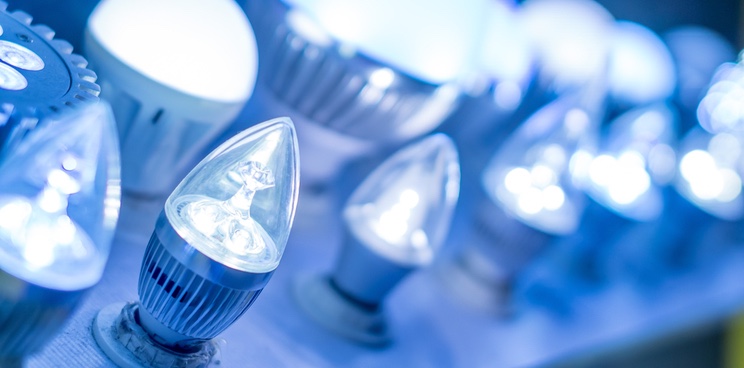A team of scientists from Austria, Spain, and Italy is working to make LED light bulbs out of proteins produced by bacteria.
Light-emitting diodes, or LEDs, are widely seen as a key tool for making lighting eco-friendly because they are more energy-efficient than traditional bulbs. However, the coatings of these devices — designed to absorb blue light and give off white light — often contain rare earth minerals, which produce toxic pollution when mined.
An EU-funded research project called ENABLED was launched last month to overcome this limitation. With a grant of over €2.6M, its aim is to produce organic LED coatings containing fluorescent proteins made from bacteria.
“The plan is that we will ‘harvest’ the proteins from the bacterial cell; in other words, we will be able to grow some part of the light sources,” stated Gustav Oberdorfer, one of the project partners based at Graz University of Technology, Austria.
While fluorescent proteins such as GFP have been in use for a long time in cell biology research, they don’t cope well with the intense environment inside an LED and can degrade easily.
The team behind the project aims to overcome this issue by building more stable fluorescent proteins. First, it is developing new fluorescent dye molecules that are more stable than current dyes, and that can act as amino acids — the protein’s building blocks.
Second, Oberdorfer’s team is designing with simulations the best protein structure for incorporating these stable dye molecules. Once the proteins are designed, they can be ordered as synthetic DNA constructs and manufactured cheaply in E. coli bacteria.
“This is highly dependent on the protein design part,” Oberdorfer told me. “If we don’t manage to design proteins that can incorporate these novel dyes, it is going to be difficult.”
In addition to using stable dyes, a group based at the Madrid Institute for Advanced Studies is developing gels to extend the lifespan of the fluorescent proteins by protecting them from degradation.
The team aims to have a proof-of-concept bio-LED device made by the end of the four-year project. The goal is to have the device last for at least 1,000 hours, which would be a good start, though a long way from reaching the typical lifespan of more than 25,000 hours of conventional light bulbs.
Images from Shutterstock





